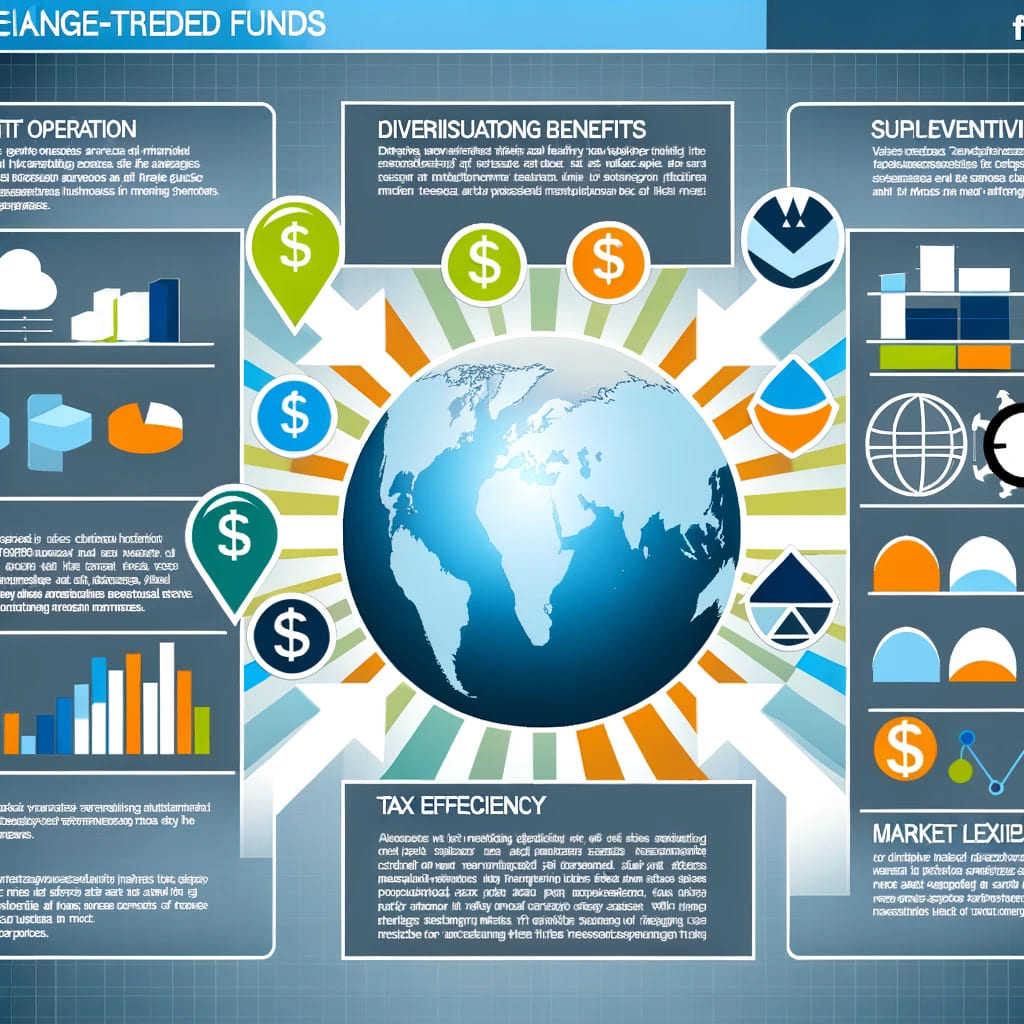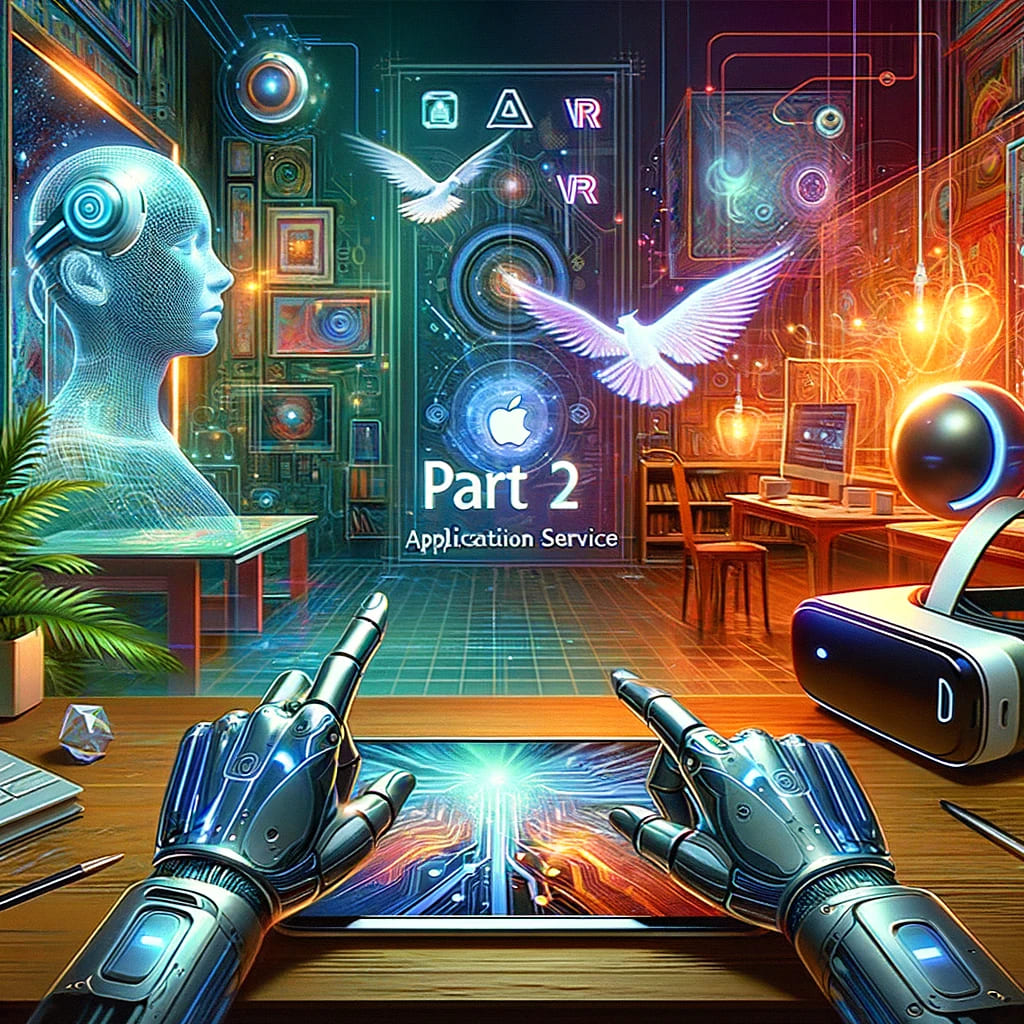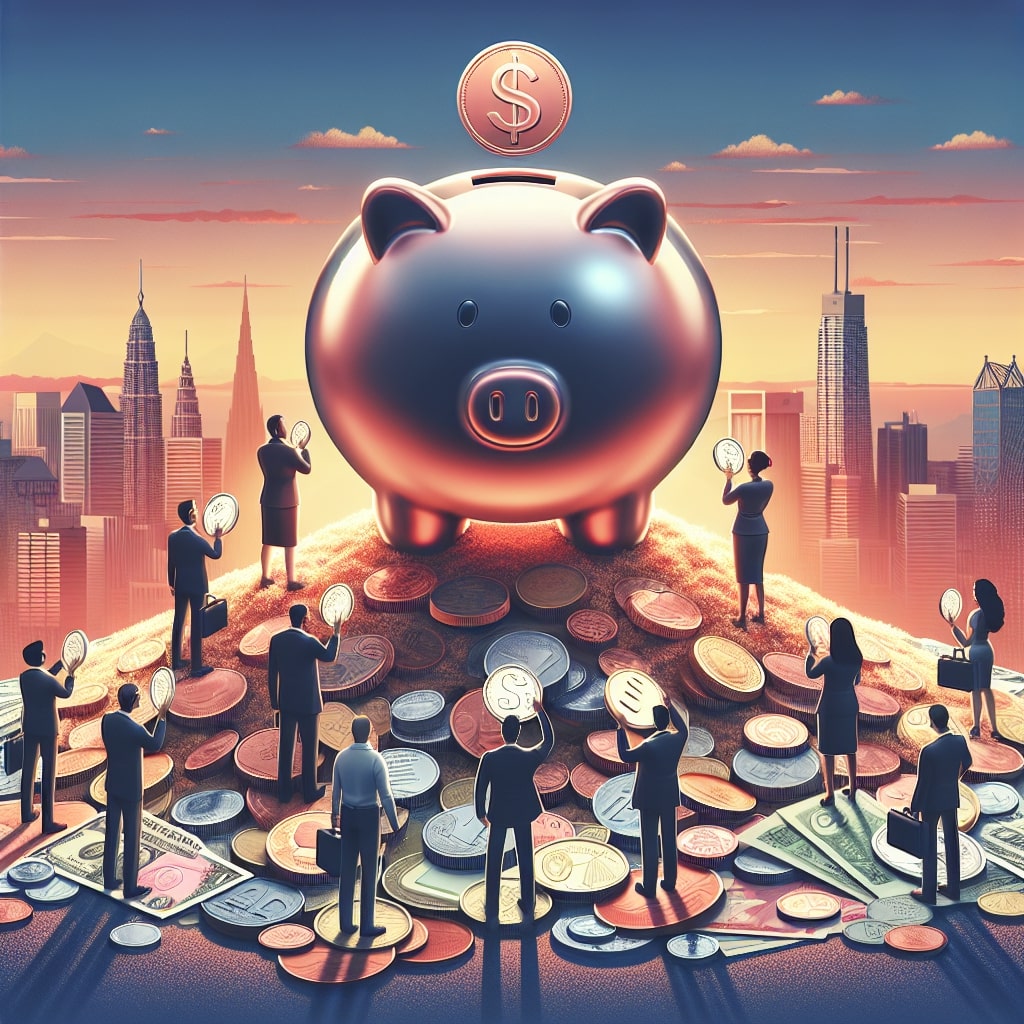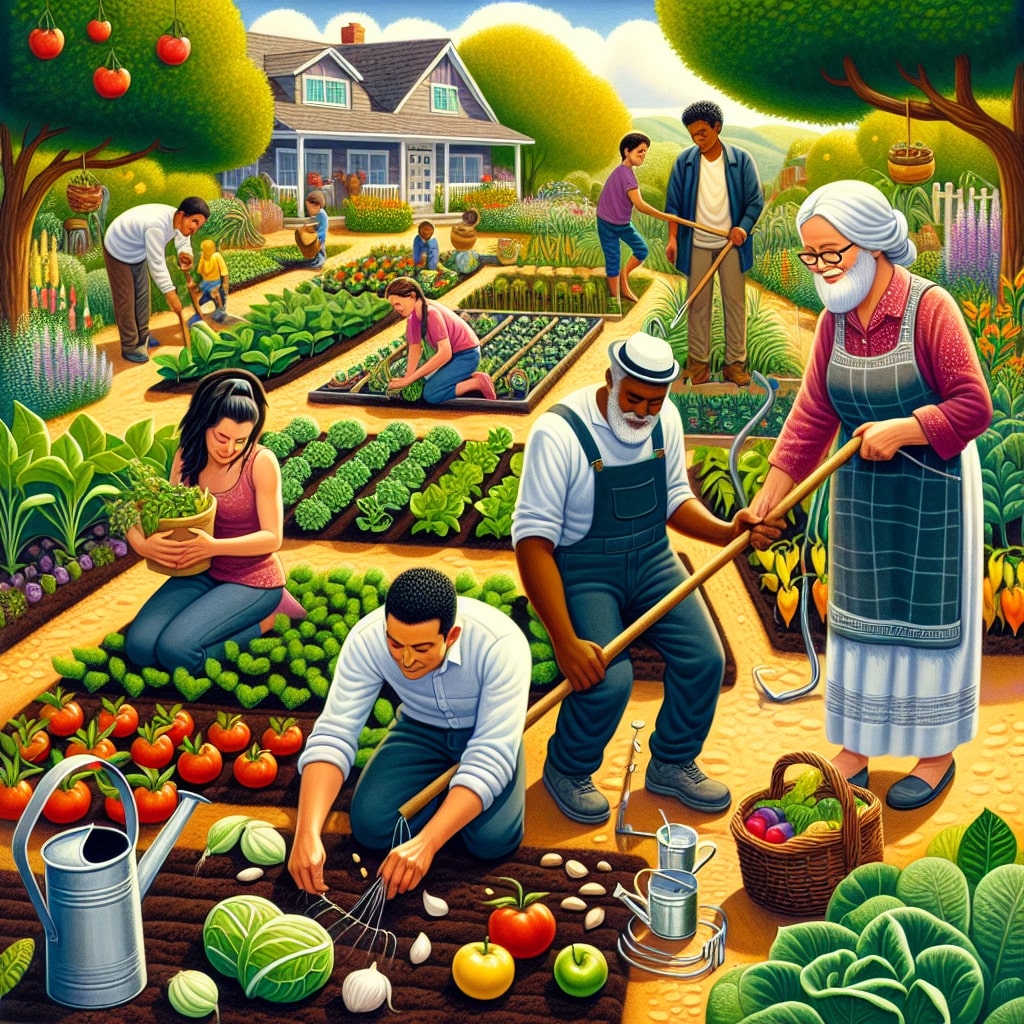The Contemporary Phenomenon of Social Class Reproduction
Taking a Closer Look from the Perspectives of Education, Economy, and Culture
Mr. LianxiPosted on 2023-12-31 15:37:21
#society
The term "class reproduction," rooted in sociological and economic theories, refers to the continuity of social class structures across different generations. This phenomenon highlights that individuals with less socioeconomic background often experience limited social mobility, leading to the perpetuation of inequality across generations. In this analysis, we will explore the complexity of class reproduction in contemporary society, examining its manifestations and impacts.
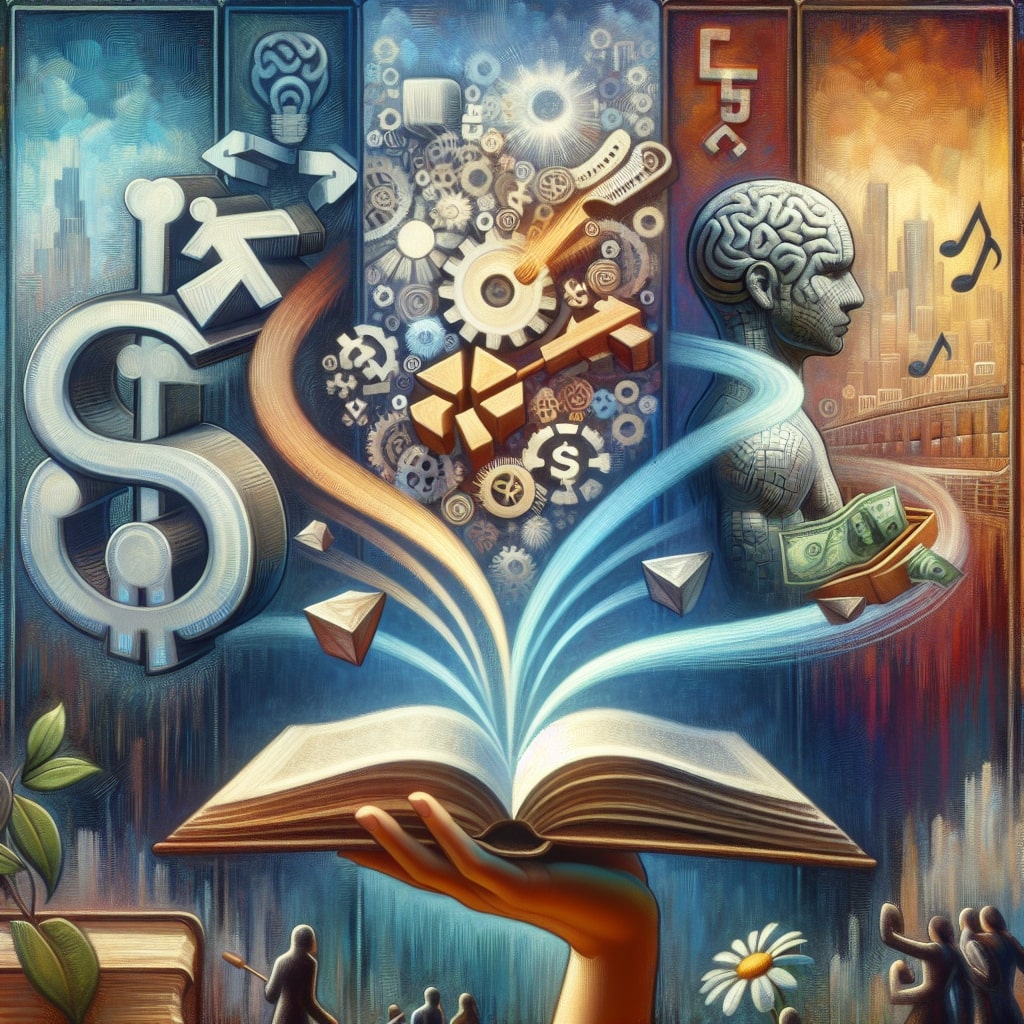 Generated by OpenAI DALL·E 3
Generated by OpenAI DALL·E 3
1. Class Reproduction in Education
Educational Inequality
One aspect of class reproduction manifests in the education system. Educational opportunities are often unevenly distributed, creating a cycle that perpetuates existing social classes. Individuals from privileged backgrounds tend to have easier access to quality education, while those from disadvantaged backgrounds face systemic barriers.
- Disparities in Educational Opportunities: In many societies, opportunities for quality education are not equally accessible. Affluent families can afford private schools, extracurricular activities, and tutoring, giving their children a competitive edge. Conversely, individuals from low-income families often attend schools with limited resources, restricting their learning development. This perpetuates the cycle of unequal educational opportunities.
- Impact of Social Capital: Social capital, referring to personal networks, significantly influences educational outcomes. Students with extensive social networks often gain more guidance and opportunities, enhancing their educational experiences. Conversely, those without such connections may lack crucial interpersonal resources, limiting their chances for diverse learning experiences. This continues the cycle of unequal social capital.
- Influence of Cultural Capital: Cultural capital, including knowledge, skills, and cultural experiences, plays a crucial role in class reproduction. Families with cultural resources can provide enriching experiences for their children, fostering intellectual curiosity. Conversely, families without such resources may struggle to provide cultural capital, restricting cultural development. This perpetuates the cycle of unequal cultural capital.
2. Class Reproduction in the Economy
Economic Inequality
Economic factors are at the core of social stratification. Access to resources, job opportunities, and wealth accumulation significantly impact individual socioeconomic status. The transmission of economic advantages or disadvantages across generations reflects the persistent existence of class privilege.
- Inheritance and Wealth Transfer: The inheritance of wealth and assets is a common mechanism for maintaining class privilege. Families with substantial wealth can pass down financial resources, ensuring their descendants have ample resources for various aspects of life, from basic needs to entrepreneurship or pursuing higher fulfillment. Conversely, families without inherited wealth often struggle to meet daily needs, compressing resources for quality of life and career building. This reinforces economic inequality.
- Occupational Segregation: Career choices are often influenced by family background and social networks. Individuals from affluent backgrounds have a higher likelihood of engaging in quality internships, mentorship programs, and job opportunities, contributing to their entry into high-paying industries. Conversely, individuals with limited social capital may have fewer opportunities for learning through exposure, resulting in lower-paying and less valued career choices. This perpetuates economic inequality.
- Access to Financial Resources: Access to financial resources, such as loans and investments, plays a crucial role in class reproduction. Wealthy families can utilize their financial resources for entrepreneurship, educational investments, and wealth accumulation. Conversely, individuals with limited funds find it challenging to secure capital, facing stringent repayment conditions that further restrict their ability to overcome economic disadvantages. This continues the cycle of unequal financial resources.
3. Class Reproduction in Culture and Society
Cultural Reproduction
Cultural factors, including norms, values, and lifestyles, significantly impact the reproduction of social classes. Cultural reproduction occurs through family, society, media, and societal expectations, shaping individual perspectives and behaviors to reinforce existing class structures.
- Cultural Stereotypes and Social Perceptions: Cultural stereotypes perpetuate social perceptions, influencing opportunities and interactions. Individuals from low socioeconomic backgrounds may face stigma and discrimination based on cultural biases, limiting their opportunities for education, employment, and social mobility. Conversely, high-status individuals engaging in similar activities are often seen as making meaningful contributions to society. The expectations for the same actions differ significantly.
- Social Networks and Class Associations: Social networks play a crucial role in shaping individual life trajectories. Affluent families often wield influence in society, surrounded by high-quality employment opportunities and a rich social capital circle. In contrast, individuals from low socioeconomic backgrounds may be excluded from these networks, lacking both avenues to access these resources and the recognition as worthy recipients. In social networks, those of lower socioeconomic status are often expected to conform to societal norms.
- Institutional Discrimination and Class Barriers: Institutional discrimination ingrained in various social institutions contributes to the reproduction of class. Prejudice in employment, education policies, and social services can disproportionately affect individuals from low socioeconomic backgrounds, limiting their upward mobility. In such circumstances, individuals of lower socioeconomic status may face systemic rejection. Conversely, high-status individuals hold the power to shape the rules of the game from the beginning, maintaining their advantages in policies and institutions.
Exploring Paths for Social Mobility
Education, economic, and cultural factors intersect, forming a complex network where class reproduction provides even more unequal opportunities for those already privileged, perpetuating their long-term advantages. Therefore, understanding these networks and phenomena is crucial for actively seeking opportunities to break the cycle of class reproduction, promoting fairness and social mobility. Only by addressing class inequalities in all aspects can society hope to provide equal opportunities for everyone.
In democratic societies, identifying individuals willing to break the cycle of class reproduction, empowering them, and working together towards securing a more equal living space for future generations is essential. If your country provides such opportunities, such as through democratic elections, make sure to cherish and seize them.

